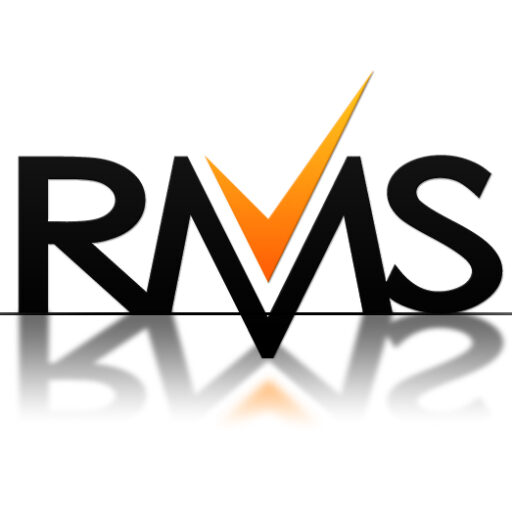As someone who conducts audits and training for collections organizations, I am always on the lookout for ideas that can help improve operations. Usually, these improvements revolve around three areas: technology, procedures, and people. I never imagined that a trip to obtain a Real ID would provide such valuable lessons on running an efficient operation.
Recently, I spent a full day at the Kentucky Driver’s License Office to support my lovely wife who procrastinated on obtaining her Real ID for travel. Like many, I went in expecting the worst: disorganization, long wait times, and poor communication — much like the DMV stereotypes portrayed in movies (who can forget the sloth, Flash, from Disney’s Zootopia?). To top it off, she did not have an appointment and had to join the walk-in waiting list.
However, after hours of observing the office’s operations, I realized that while things moved slowly, the office used tools and communication strategies that ensured everyone — both appointments and walk-ins — received the service they needed. Here is what I learned.
Simple and Effective Tools
The Kentucky Driver’s License website is impressively user-friendly. Directions for obtaining a Real ID are clearly laid out with both written instructions and visual examples. Depending on your situation, the site walks you through a series of questions to determine exactly which documents you need. It is clear: if you do not bring the right documents, you will not get your ID.
The site also prompts you to make an appointment, although in her case, the next available date was too far away. Fortunately, it allowed her to search for other locations and check for walk-in availability, which led her to the office we visited.
At the office, they use a mobile check-in system. Walk-ins scan a barcode, register their service needs, and are assigned a queue number. She was number 1315 and initially 15th in line. Once the waiting list reached about 25 people (by 8:30 AM), I dropped her off at 8:06am, they closed walk-in registration for the day. Through the app, she could monitor the queue’s progress in real-time — a small but important feature that made the wait more bearable. Cell battery power became an issue
Communication Makes a Difference
Communication at the office was clear and constant. Employees were stationed in the lobby to guide customers to the appropriate lines, help with paperwork, or simply direct people to the bathrooms.
Staff were also honest about expectations for walk-ins. The office manager frequently checked in, and at one point assured everyone that they would be served before the office closed — even if it meant working late, as they had the previous day. I learned that the office processes about 165 Real ID appointments daily, and with the looming deadline, everyone was showing up. We determined that my wife would get her ID around 6:30pm.
By knowing what to expect — even if it meant a long wait — the experience felt much more manageable.
After the office officially closed at 5:00 PM, they moved all remaining walk-ins upstairs to wait inside. Managing a full parking lot and coordinating dozens of lingering customers could have been chaotic, but thanks to careful oversight, it stayed orderly.
Execution: Delivering the Real ID
Throughout the day, I observed the office’s workflow — including lunch breaks, staff rotations, and customer service techniques. One employee, whom I jokingly nicknamed “Flash” based on his slow movements, caught my attention.
Despite his slow pace during breaks, Flash was incredibly focused, deliberate, and communicative when serving customers. He followed his procedures and scripts consistently with each customer. I watched him help several people, including a mother and daughter seeking Real IDs. The mother’s application was routine, but the daughter ran into trouble—she didn’t have sufficient proof of address. Rather than turning her away, Flash patiently explored every option with her. After digging through her purse, she produced a pay stub that listed both her name and address—just enough to satisfy the documentation requirements. Thanks to Flash’s persistence and empathy, the pair left successful and grateful.
His demeanor, attention to detail, and persistence — even after nine hours of work — were impressive.
Seeing the joy on the mother and daughter’s faces when they received their IDs was a powerful moment.
What I Learned
You cannot judge a book by its cover — or a government office by its reputation. The Kentucky Driver’s License Office showed that with the right tools, clear communication, and well-trained staff, even bureaucratic processes can be effective and customer focused.
Securing a Real ID is intended to enhance security and ensure safe travel, and based on what I observed, the process was appropriately rigorous.
If a government agency can use technology, procedures, and good people management to deliver a strong customer experience, businesses in the private sector certainly can too.
Sign Up for the Twice Monthly Newsletter
Just enter your email address at the top orange bar at:
Collection Compliance Experts – “The Power of Expertise: Oversight Perfected”
It’s that easy! Twice a month – we provide blog updates and Resources for the Collection and Industry Professional.
Your email is just for this newsletter. We never sell your information. No fee. Opt-out at any time.

Author: Ken Evancic
Ken.Evancic@ResourceManagement.com
As a consultant for Resource Management Services, Ken provides consulting, training and mentoring in all phases of collection and recovery, in addition to auditing third party vendors.
Ken Evancic is a Vice President at Resource Management Services, Inc. Ken Evancic is a collections veteran with over 25 years experience. He has managed all phases of collection, including all levels of delinquency, automated dialer units, early out agency management, recovery, and skip tracing. In addition to collections operations management, he has lead initiatives in the areas of performance management, collections strategy development, collector and manager training, collector desktop design, collections reporting systems, and risk and compliance.
As a consultant for Resource Management Services, Inc., Ken has specialized in developing and completing third party compliance and performance audits for collections agencies and collection attorney firms for many top credit grantors and debt buyers. He has leveraged his 25 years of experience to develop multiple collector and collection management training classes designed to maximize collector performance. In addition to collection training, Ken helped develop and facilitates the RMS Third Party Vendor Auditing training.




